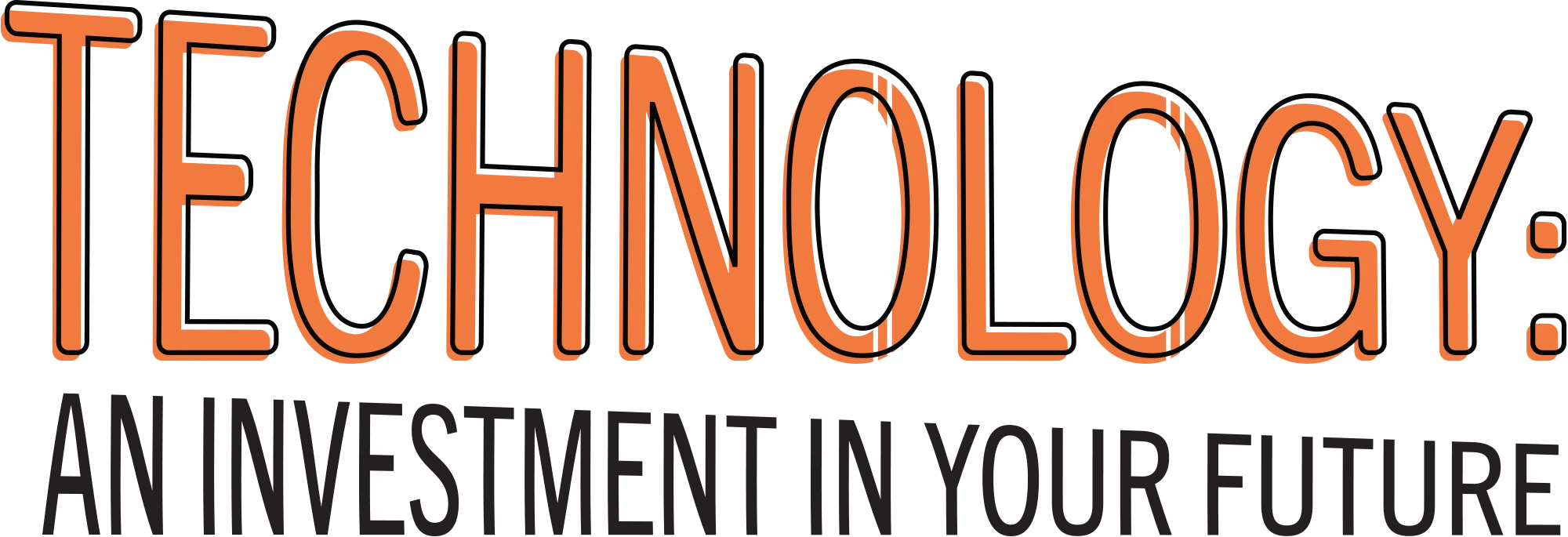

 e all know technology can be wonderful, but there are so many different areas in the grooming industry where we underutilize it—which could make a big difference in the health of our businesses, as well as our own wellbeing.
e all know technology can be wonderful, but there are so many different areas in the grooming industry where we underutilize it—which could make a big difference in the health of our businesses, as well as our own wellbeing.
When I got involved in the industry, the one thing that stood out the most was the underutilization of computer systems/software. Coming from a veterinary clinic that switched to electronic records long before most clinics did, I saw what a difference it made in our growth pattern compared to others. It allowed for better recordkeeping, faster completion time, no chart filing and provided anyone in the clinic access to the files.
As I visit different salons, most only use their computer for scheduling and checkouts. However, there are many other options or add-ons that will make you more efficient….
In many of the salons I consult with, I see the groomers leaving at 1-2 p.m. because the time to groom a dog was not accurately figured. As a business person, I see that as three to four hours of lost income if an average work day is 8 a.m.-5 p.m. If you do the math, two extra dogs a day, five days a week, at $60 a groom equals over $30,000 more revenue for the year. What is good software worth to you at that point?
Are you one of the salons where all the dogs are dropped off at the same time of day, and all the groomers/bathers show up at the same time, fighting for the tub? What if you varied the schedule? If you have a bather, have them show up at 8 a.m. along with several dogs that are dropped off to start the day. Then, the groomer doesn’t even come in until 8:30 or 9 a.m. after the bather has done their part, and the dogs are ready to be groomed. Later, the next set of dogs and groomers show up, on a similar schedule, so there is no competition for the tubs.
Sound complicated? Not really—if you have the right software to help you. It is easy to increase efficiency and expand hours working the same people, the same amount of hours, but in different time slots. Your fixed costs (rent, electricity, water, etc.) stay the same, so there is more money for the bottom line.
In a good software program, you should at least be able to quickly look up the number of baths you did in a year, find your product costs and have a pretty good idea of your cost per bath. Why is that important? We often get the idea that a cheaper product saves us money. The reality is that if the product is watered down, doesn’t stay on the pet when applied or isn’t as good for cleaning, you may use more of a cheap product than a more expensive product.
Also, once you get the numbers, you can evaluate the efficiency of the bather (especially new ones). Many bathers believe that if a little is good, more is better. The problem with adding more products is that not only do you have the extra cost of the product, but you also add more staffing time to rinse off the extra product. Staffing costs in this situation are typically more costly than product costs.
Back, shoulder, wrist and lung problems are the most common to show up first. That’s why it’s important to learn better methods of doing de-sheds and other procedures where you breathe in hair fibers. Learn the correct ergonomic ways to lift, stand and hold your scissors to avoid strain.
There are also things that can be purchased to help prevent some of these problems. Ergonomically correct scissors and brushes, lift tables and hydraulic tubs are not just nice to have, but also an investment in your longevity.
Shaker bottles are another common thing groomers/bathers use daily, shortening their ability to groom. Think about how often you shake your products to mix them and the wear and tear on your shoulders, elbows and wrists. A frother, mixer, blender, eggbeater, etc., can easily replace this. Why put that strain on your money-making parts if you don’t have to?
We have all this technology and equipment at our fingertips, but often we don’t take advantage of it. Probably the most common reason is money. However, it will easily pay for itself very quickly. If you can work another 5-10 years by avoiding stress on your body, it will be worth it financially versus the cost now. Or, if you use a computer program that can increase your efficiency, you’re sure to make more money, offsetting the upfront cost. Technology used correctly should not be considered a cost, but rather an investment in your future.
Dr. Cliff Faver graduated with a BS in Biology/BA in Chemistry before getting a Veterinary degree in 1987. He is the past owner of Animal Health Services in Cave Creek, Arizona and now the US distributor for Iv San Bernard products, teaches the ISB Pet Aesthetician Certification program, and speaks internationally on hair and skin. His passion is to merge groomers and veterinarians to aid in helping and healing pets. He is also a member of AVMA, AAHA, AZVMA, Board member with Burbank Kennel Club, and has served on Novartis Lead Committee, Hill’s International Global Veterinary Board, and a Veterinary Management Group.

